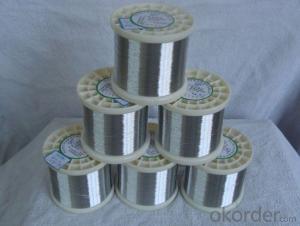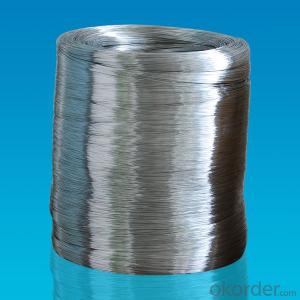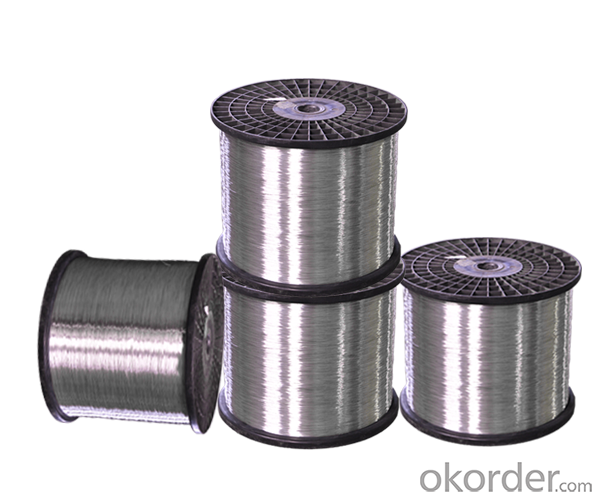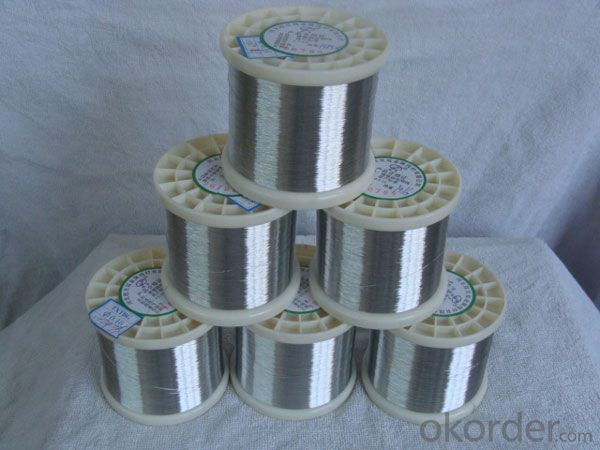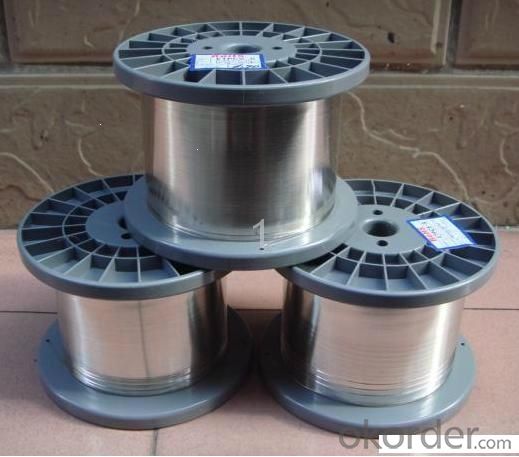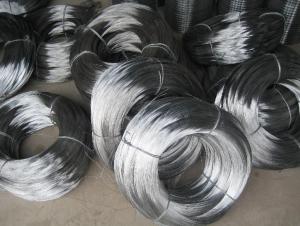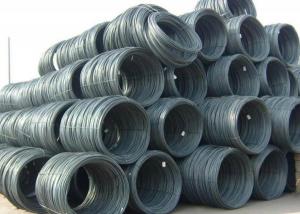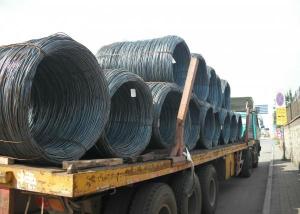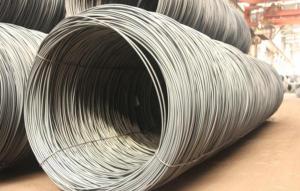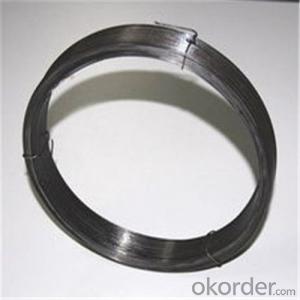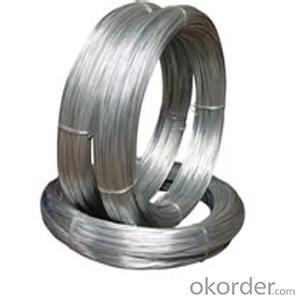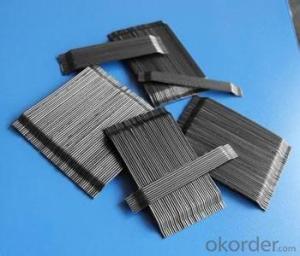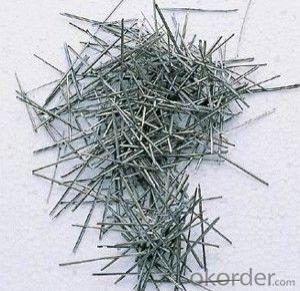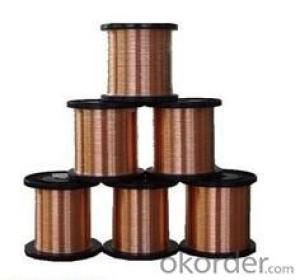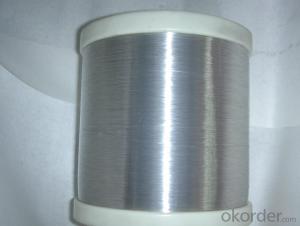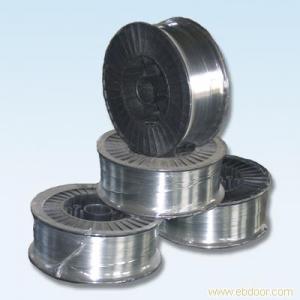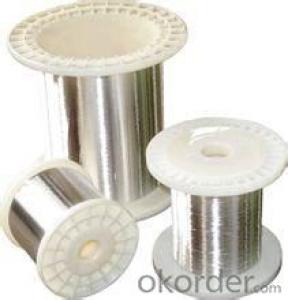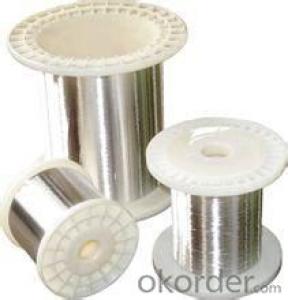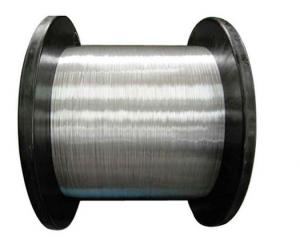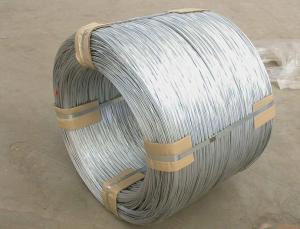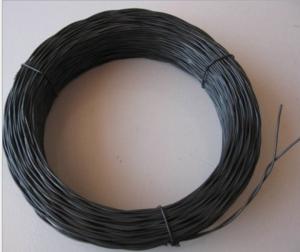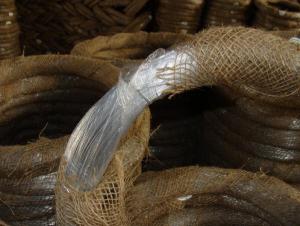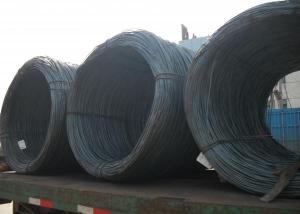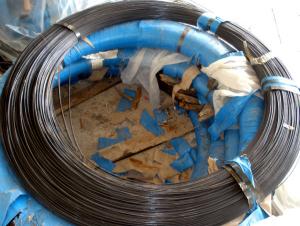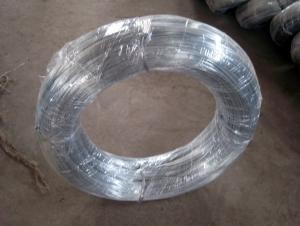Tin-platted Copper-clad Steel Wire
- Loading Port:
- Guangzhou
- Payment Terms:
- TT OR LC
- Min Order Qty:
- 500 kg
- Supply Capability:
- 400000 kg/month
OKorder Service Pledge
OKorder Financial Service
You Might Also Like
1. Product Description:
Tinned copper clad steel is made by covering a coating of tin on the surface of copper clad steel wire by hot dip method, the metallic cohesion is perfectly between the layers, and there will be no flaking off during the heat treatment or mechanical workout. The TCCS is the best new clad metal wire instead of tined copper wire. Producible scope: the diameter is from 0.10mm to 1.20mm; the conductivity is from 15% -30%
2. Product Characteristic:
shiny, excellent electrical conductivity, bearing being bended, good tensile strength, excellent welding and corrosion, with light specific gravity, can save resources of copper.
3. Product Specification
Place of Origin: Zhejiang, China (Mainland)
Number: CCS
Surface Treatment:
Coated Type: single wire
Function: shielding
Wire Gauge: 0.10mm-2.00mm
Conductivity: 16%
Copper content: 4%
Surface of ccs: tin plated
4. Application
Main Application: flexible coaxial cable, a variety of audio and video cable, vehicle signal cable, network cable, data transmission cables and so on. Tinned copper clad steel can be used in the above cable: cable conductor, braiding and shielding, the single wire conductor and other conductors. Applicable to a variety of electronic components lead wire, such as capacitors, resistors and so on.
5. Reference Picture
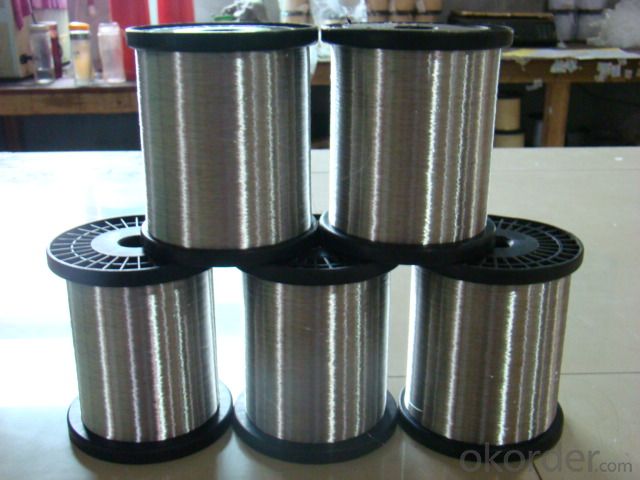
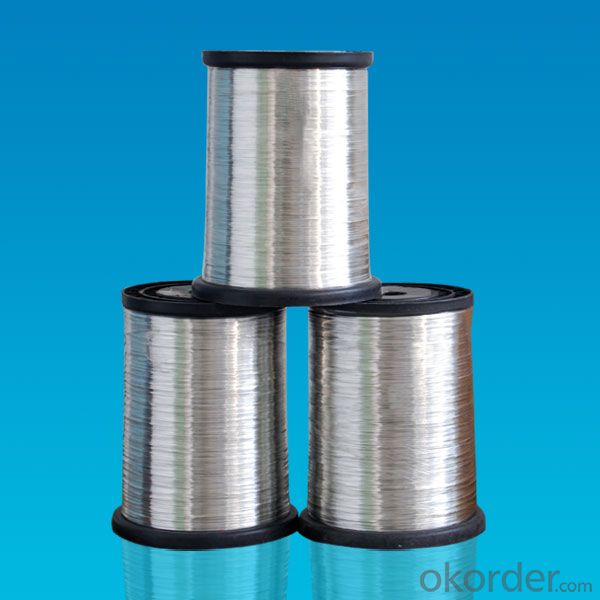
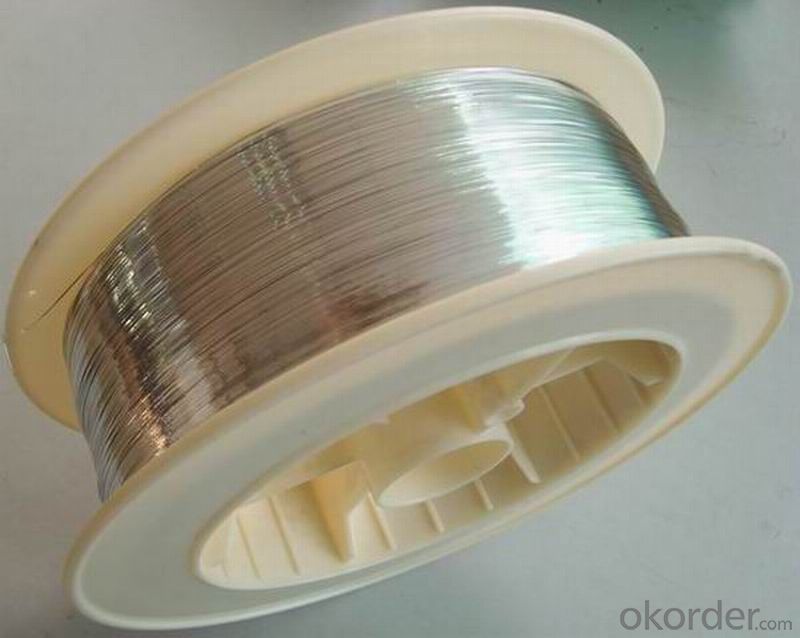
- Q: I have a proj in tle class about solid wire joints and splices and i cant find a picture of 18 of the splices / joints we did at school we needed to like insulate the wires and twist em with each other help!
- Electrical Splices And Joints Pictures
- Q: why do we use copper wires as connecting wires
- Because it has the best properties for the job at a price that is affordable because supplies were/are plentiful. The alternatives are either more expensive, suffer corrosion or are difficult to draw into wire. Copper has excellent conductivity, does not degrade by corrosion in normal environments, is very ductile so can easily be made into wire or cable and is not too expensive.
- Q: i need the wire diagram for a kenwood kdcmp4032.... i mainly need to know which wire to hook up the remote wire for an amp.
- Blue/white okorder /
- Q: I have 2 wires coming up a conduit. i need to put those wires into a timer and then to my pump. can anyone explain or has a website with diagrams
- Get yourself a how-to book on basic wiring. This gives you a hands on reference for additional question (and there will be) that arise.
- Q: where can i buy these type of wires (copper insulated wires)??
- Any hardware store or Lowes, Home depot There's nothing special about Insulated wire, but what size wire ? What's your application ?
- Q: trying to put in a different radio, and take out the original radio, but don't know which wires are which. i tried doing it myself already, and now when i turn on my headlights, the taillights don't come on? but the turn signals come on and so do the hazards. did i snip a wrong wire or did one come loose?i only cut the wires that were attached to the stock radio.help please!thanks!
- reconnedt the wires as you cut them and buy a 10 dollar plug adapter and make life easy for yourself. you can buy them at any parts store , wal-mart, ect.
- Q: How can I investigate the resistance of wire and how it changes with the length of the wireCheers
- If you don't have a multimeter, you can probably see the effect of resistance with a flashlight bulb and a small battery (AA or AAA, etc). Get a spool of wire, needs to be coated/insulated wire. Connect the bulb to the battery with the shortest wire possible. See how bright the bulb is. Then, connect again using the entire spool of wire (hopefully you can get at both ends of the wire while it is still on the spool). The bulb will be dimmer because the voltage at the bulb will be reduced by the resistance of the wire (resistivity per unit length X the length of wire). If the length of wire on the spool is too long, the bulb will not light up at all.
- Q: I bought a bathroom fan timer and tried to install it. It has four wires and the wall switch circuit has only 3 wires. What do I do?
- 4 Wire Switch
- Q: im installing an amp and i have no clue what to do with thw power wire.... I read to cut open my steros power wire (usually the blue) and wrap my power wire around it... I found the blue wire but there was a tag... Caution Remote output only... This is not the wire for power supply. please connect this wire to the remote for the amplifier... Does this mean i just connect this wire directly to my amp?
- ok wait hold up. so the only wire that should be hooked from the amp to the headunit is your speaker wires, remote turn on wire, and your rca cables. ....What you need to do is get the power cable(usually red) run it from positive on the battery to the POS on your amp. next put your ground wire from the GND on the amp to bare metal on your cars chasis.
- Q: trying to install aftermarket side mirrors w/turn signals and don't know where to locate the turn signal wires.it's for an 06 chevy cobalt LS automatic.Also is it okay to use electrical tape on the wires themselves after connecting them?
- should be pretty simple if you like puzzles. You can trace the signal wire out to the front of the car by using a voltmeter and watching the meter rise each time the signal works. Yes you can use electrical tape on the wires themselves after connecting them.
Send your message to us
Tin-platted Copper-clad Steel Wire
- Loading Port:
- Guangzhou
- Payment Terms:
- TT OR LC
- Min Order Qty:
- 500 kg
- Supply Capability:
- 400000 kg/month
OKorder Service Pledge
OKorder Financial Service
Similar products
Hot products
Hot Searches
Related keywords

